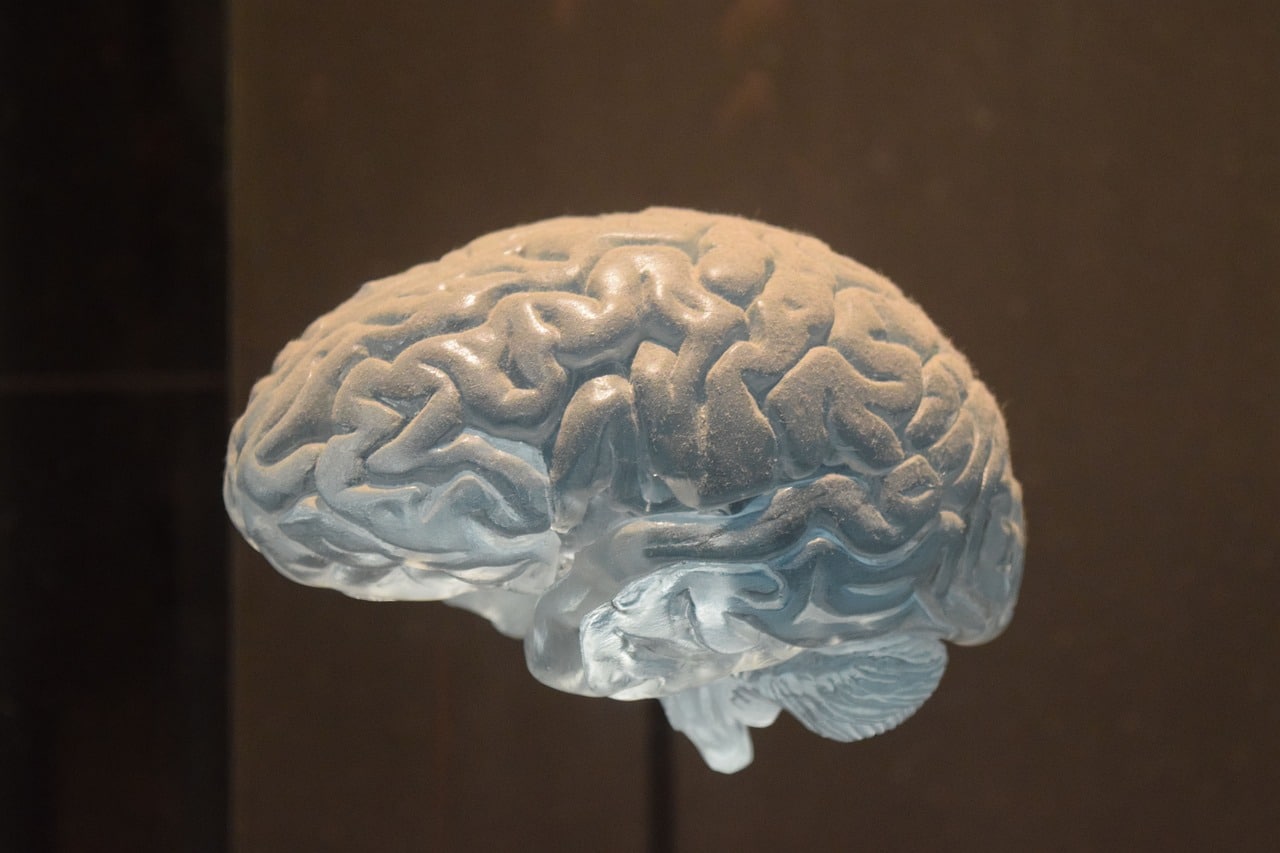
Gray matter is composed of the cell bodies of neurons, glial cells, and unmyelinated axons.
Gray matter is the brain tissue made up primarily of neurons . It is an area that is made up of the bodies of these nerve cells, glial cells and axons that do not have myelin, unlike what happens with the so-called white matter that develops with nerve fibers.
It can be said, therefore, that in the brain - and also in the spinal cord - it is possible to distinguish between gray matter and white matter. The gray matter or matter extends across much of the cerebral cortex and is also found in the brainstem , cerebellum and spinal cord .
Components of gray matter
Among the components of gray matter are the bodies of neurons . These bodies, referred to as somas , can have different shapes. Neurons also have different extensions, with the axon (also known as neurite ) being the longest.
Axons , which are responsible for conduction of nerve impulses, may or may not be covered by a structure called myelin . Unmyelinated axons appear in the gray matter.
To the neuronal cell bodies and axons without myelin, we must add glial cells , which provide energy and nutrients to the neurons. The grayish color of these components gives the name to this area of the central nervous system, although in living people it looks rather pink due to the blood in the capillaries.
Contrary to what is usually thought, white matter is what predominates in the human brain. It is estimated that gray matter barely represents 40% of brain content.

Information processing takes place in the gray matter.
Its function
Information processing takes place in the gray matter. It can be said, then, that reasoning develops in this region. Since it does not have myelin, the gray matter does not transmit nerve impulses quickly, but rather focuses on analyzing the signals it receives. It is the white matter that is responsible for sending these signals through myelinated axons to the gray matter.
Thinking , attention , memory , emotions , cognition and coordination of movements are some of the issues controlled by gray matter. This does not mean that white matter is unimportant: neurons, in fact, connect with each other thanks to it.
Gray matter and health
Various disorders and diseases can cause the death of the nerve cells that make up the gray matter. When the somata do not receive the energy they need, the neurons stop functioning properly and their loss can be recorded.
When an injury occurs that threatens the integrity of the gray matter, the possibility of recovery depends on various factors. The age of the patient is key, as is the extent of the damage.
If we focus on neurodegenerative diseases , one of the most common diseases that affect the gray matter is Alzheimer's , also known as Alzheimer's disease or Alzheimer's disease . Its name is linked to the German neurologist Alois Alzheimer , who at the beginning of the 20th century investigated the symptoms of this condition.
Those who have Alzheimer's suffer from atrophy and death of nerve cells. This deterioration of gray matter is reflected in memory failures and the loss of various cognitive abilities.
